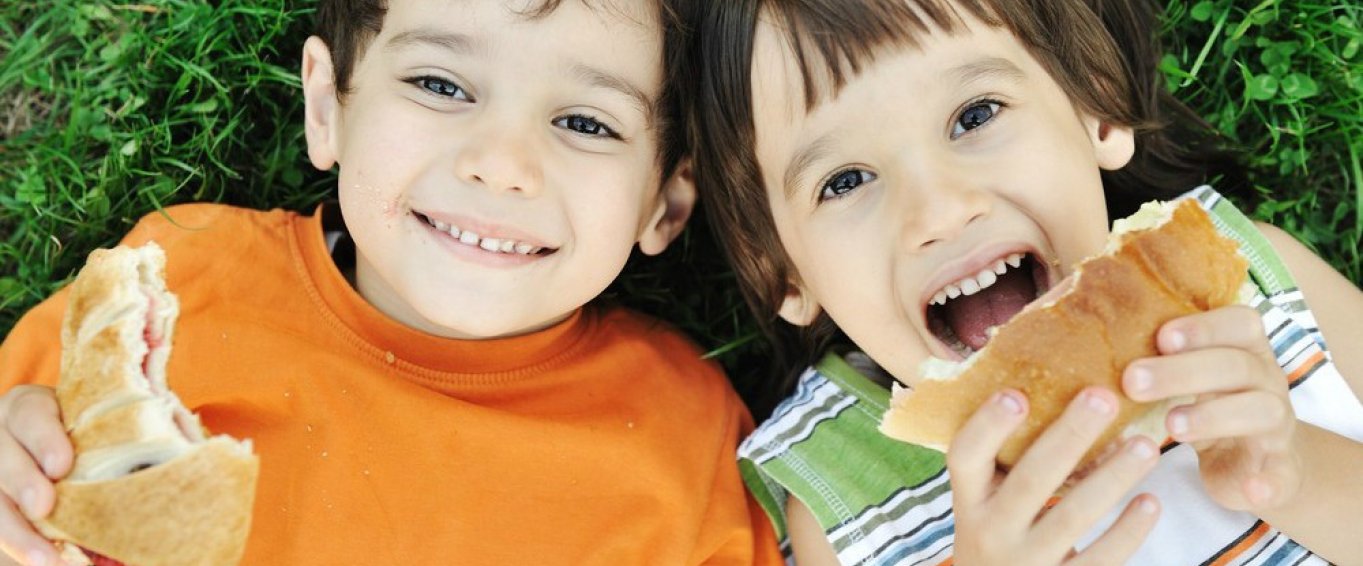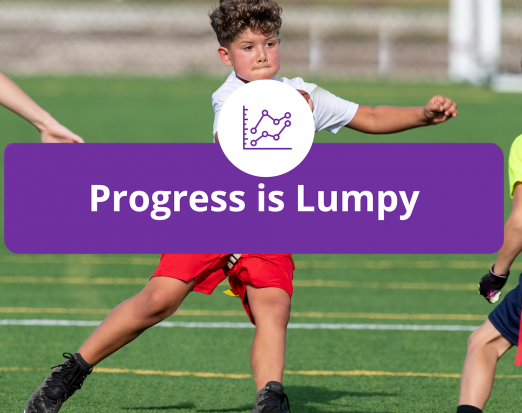Teaching Nutrition - Encouraging Kids to Go Whole Grain

Carbohydrates - grains in particular - play a vital role in children's health and development. Unfortunately, easy access to high salt, high sugar convenience foods means some carbs offer less than others. According to the latest health advice, half of all the carbohydrates in our diet should come from WHOLE, UNREFINED grains (minimally processed).
Whole grains are essential for children as growing bodies flourish with a nourishing supply of nutrient dense, fibre rich foods. Children who consume whole grains regularly are at a lower risk of diseases like obesity and diabetes. So, what should pupils know about going whole grain?
Why does Public Health England advise children to eat four servings (minimum) of whole grains every single day?
What Makes Whole Grains Different?
All grain based foods - cereal, bread, pasta, rice - grow with the same basic structure. After harvesting, some grains get stripped of their outer layers and inner seed core. Other grains are left intact and eaten unprocessed. This is the difference between WHOLE and REFINED grains. It's a simple distinction but it has a dramatic impact on nutritional content.
Those rugged outer layers are filled with fibre and proteins. That inner core is packed with E Vitamins, B Vitamins, healthy fats and cell strengthening phytochemicals. When eating whole grains, we get the whole of their nutritional benefits. For children - with their substantial growth and development needs - it's the difference between sustained and short term energy, strong organs and organs with weakened cells, healthy weight and a higher risk of obesity.
Whole grains also contain less salt and sugar (two of the biggest contributors to child obesity).
Wait, So Kids Can't Eat Processed Carbs?
Healthy eating is all about balance. We're not suggesting kids go cold turkey on birthday cake, crisps, jam sandwiches or cornflakes. But it's important for pupils (and their parents) to know why whole and processed grains differ, where to find them and how to include them in a balanced diet. When building healthy meals, whole grains are a great way to add fibre, vitamins, antioxidants, iron, magnesium and lots of other nutrients!
What Are Some Easy Ways to Eat More Whole Grains?
1. Go Brown
The easiest way to increase consumption of whole grains is to make the switch from white to brown. Brown bread, rice and pasta are healthier options. Plus, they taste very similar to their refined cousins (a little less sugary, perhaps).
Nutritionists are quick to point out not all brown bread is whole grain. And they're right. To be sure a product is whole grain, look at its ingredients. The closer the grain is to the top, the more of it you're getting. On the other hand, switching to bread that contains any more of the grain still benefits children's health.
2. Eat Oats for Breakfast
Oats - that lovely stuff your porridge is made out of - is a natural, wonderful whole grain. The nutritional profile of oats is the same whether they're cut, rolled or ground. And they're so versatile! Kids friendly favourites include pancakes, granola, fruity crumbles, scones, muesli and crumbly breakfast muffins.
3. Spice Up Your Sides
Be bold with side dishes at dinnertimes. They don't need to be carb heavy every night. Large portions of rice or pasta, particularly in the evenings, can cause blood sugar to spike. It creates what we might call a 'food coma' - a state of lethargy in which it's hard to do anything but sit and watch TV.
Try quinoa, farroh and bulgur as lighter alternatives to rice and pasta. Don't forget to add veggies to keep energy levels up until bedtime! Public Health England says children need at least 30mins of physical activity after school. Encourage parents to log in to their portal and use Home Activities to help kids meet this daily activity goal.





